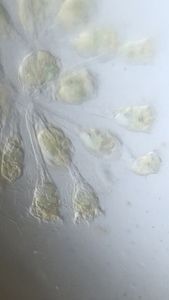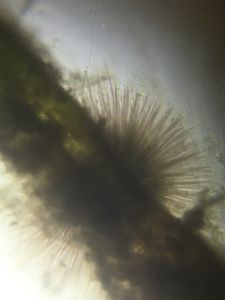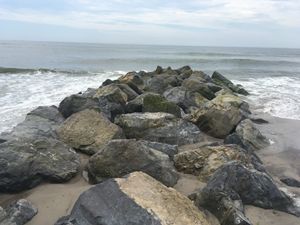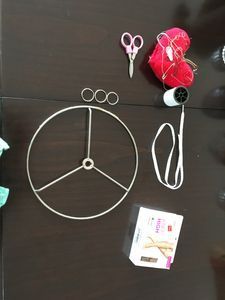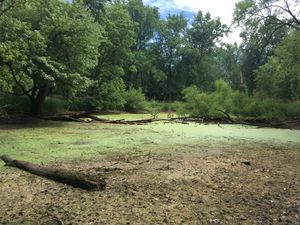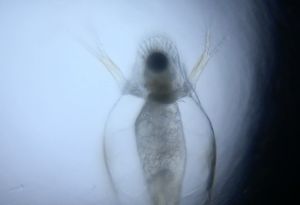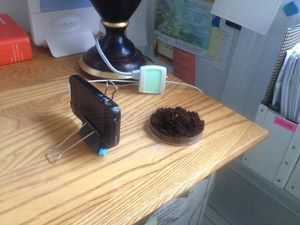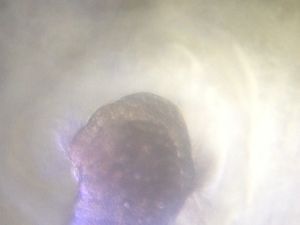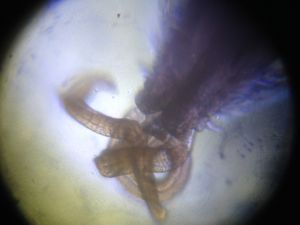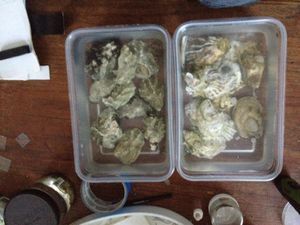Brand New Colonies
 Sep 10, 2016 • 11:51 AM UTC
Sep 10, 2016 • 11:51 AM UTC Unknown Location
Unknown Location 140x Magnification
140x Magnification Microorganisms
Microorganisms
Matthew Rossi
I'm a novelist, essayist, and a writing consultant. I work in the writing centers at Columbia and Baruch University and explore research into the overlap of maker cultures and writing. My work with the Foldscope tends to focus on finding wild creatures in urban spaces and looking at how human works are shaped by the movements of the biosphere.
40posts
105comments
4locations
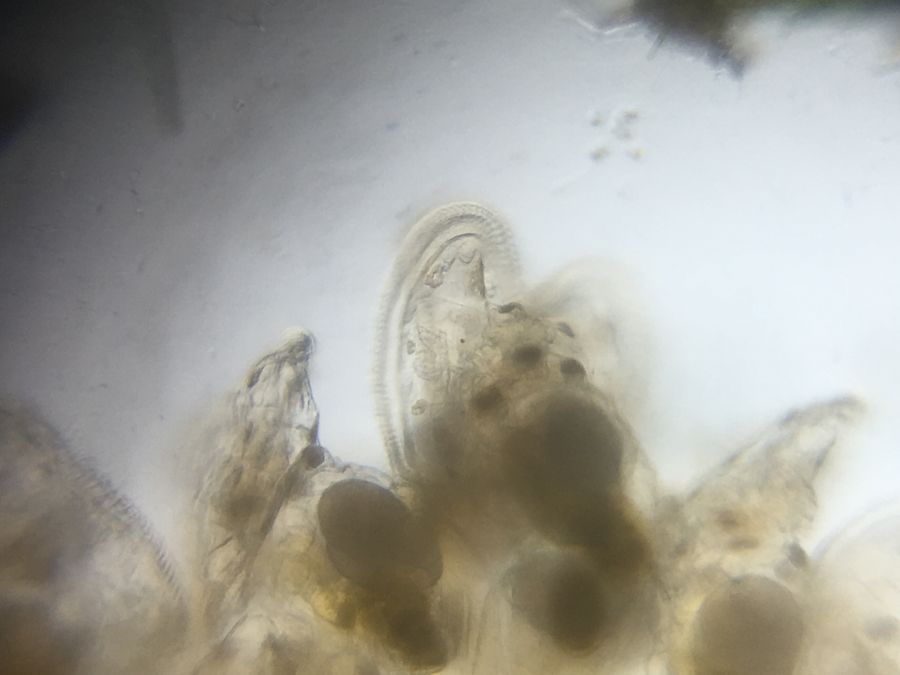
A few weeks ago, I noted my surprise at finding that what seemed to be a cluster of dancing raisins in my pond water sample was actually a colony of rotifers growing around a bit of algae.
Since then, I’ve turned my attention to a larger lake in a nearby county park called Hawk Island Park. I’ve hunted here before for the creatures in the pond scum, but the lake is actually fairly deep, having formed from a former gravel pit. Toward the bottom of the lake, a thick bed of hornwort provides shelter for innumerable insects and crustacea, as well as other creatures. The other day, I took my sampling bottle out there (without the usual net I would normally apply), weighted it with a stone, and let it drop twenty feet toward the bottom. It came up dragging a line of hornwort with it, which I took a sample of.
Yesterday, I noticed a small ball floating around in the jar along with the crustaceans and flatworms I’ve been looking forward to imaging. It drifted aimlessly in the sample, seeming to be pushed by impossible currents, first in one direction, and then another. I scooped it up with my eye dropper, and to my great delight found this.
Yesterday, I noticed a small ball floating around in the jar along with the crustaceans and flatworms I’ve been looking forward to imaging. It drifted aimlessly in the sample, seeming to be pushed by impossible currents, first in one direction, and then another. I scooped it up with my eye dropper, and to my great delight found this.
A seething ball of rotifers bound together in a massive koosh ball of a colony, but all moving in their own directions. There’s a hypnotic effect to all of those bodies reaching out, grasping, feeding at the water around them.
My best guess as to their species is Conochilus unicornis , though I could be wrong (that was my initial guess for the first colony I found, and now I know otherwise). The aggregate of their motions seems to drive them through the water, creating a walking effect when they touch a substance and a light current to move them around in search of prey. Manu has mentioned that looking at the currents around colonies of rotifers shows a deep advantage to them working together in this way.
What fascinates me, though, is that this cooperative effect clearly happens entirely by accident. This is a colony in proximity and name only; unlike an ant colony, there’s little visual sign of even an emergent cooperation among the rotifers. Each reaches out independent of the others. And yet, this brings about motion and guides currents to each rotifer’s mouth probably much more effectively than if they were solo.
In the same sample, at the tip of a hornwort leaf, I spied another shaggy mass begging for observation. This betrayed a beautiful colony of what I believe to be Sinantheria socialis.
What fascinates me, though, is that this cooperative effect clearly happens entirely by accident. This is a colony in proximity and name only; unlike an ant colony, there’s little visual sign of even an emergent cooperation among the rotifers. Each reaches out independent of the others. And yet, this brings about motion and guides currents to each rotifer’s mouth probably much more effectively than if they were solo.
In the same sample, at the tip of a hornwort leaf, I spied another shaggy mass begging for observation. This betrayed a beautiful colony of what I believe to be Sinantheria socialis.
The differences between the two colonies couldn’t be more striking to me. Where the free swimming colony grasps and seethes with constant motion, the sessile colonists are more languid in their approaches, fanning out their broad, heart shaped coronas to draw matter to them. We see the complex structures in their bodies processing what comes to them, their cornucopic guts larger and seemingly more complex than the thin tubes of the Conochilus .
And so there are not just one colony of rotifers to study, but three of them, distinct in form and behavior from each other. There are tests to run, of course, but as I begin to find more and more of them, the lives of these little creatures becomes increasingly complex to me, their existences something to be wondered at and sought out from around me.
And so there are not just one colony of rotifers to study, but three of them, distinct in form and behavior from each other. There are tests to run, of course, but as I begin to find more and more of them, the lives of these little creatures becomes increasingly complex to me, their existences something to be wondered at and sought out from around me.
Sign in to commentNobody has commented yet... Share your thoughts with the author and start the discussion!
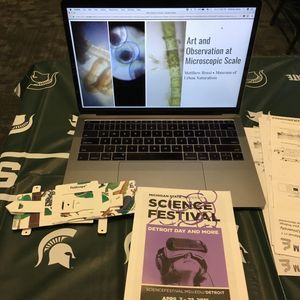
 0 Applause
0 Applause 0 Comments
0 Comments




